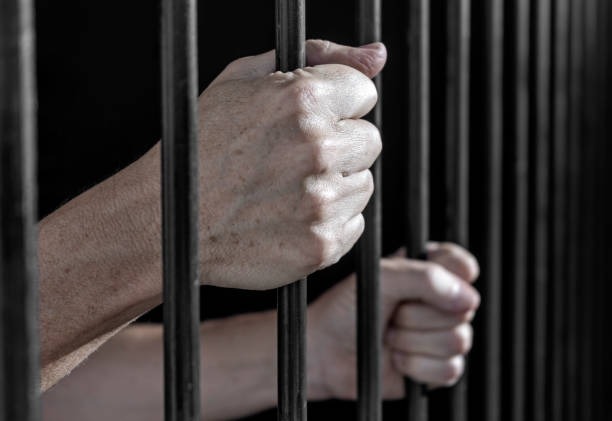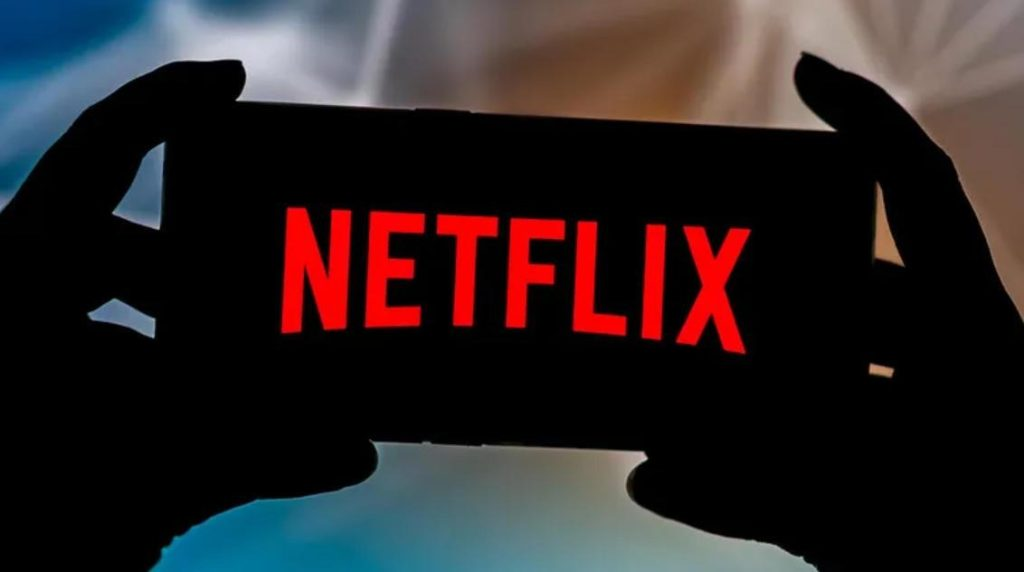White-collar crime is often associated with high-level embezzlement or corporate fraud, typically portrayed as less dangerous than violent offenses. But in reality, white-collar crime is far-reaching, costly, and capable of devastating lives, economies, and institutions. It’s more than just financial misconduct—it’s a complex web of deceit that can involve corruption, environmental violations, cybercrime, and public trust breaches.
Let’s explore the scope, impact, and lesser-known forms of white-collar crime that go beyond basic financial fraud.
What Is White-Collar Crime?
Coined by sociologist Edwin Sutherland in the 1930s, white-collar crime refers to non-violent offenses committed by individuals or organizations, typically for financial gain, and usually involving deception, abuse of power, or trust violations. These crimes are often committed by professionals, executives, or government officials.
Common Types of White-Collar Crime
1. Corporate Fraud
Includes manipulation of financial statements, insider trading, or misrepresenting company earnings to deceive investors and inflate stock prices.
2. Embezzlement
The act of dishonestly withholding or stealing funds entrusted to someone, typically within a company or institution.
3. Ponzi and Pyramid Schemes
These scams promise high returns but pay earlier investors with money from newer ones, eventually collapsing and causing massive financial loss.
4. Tax Evasion
Illegally avoiding tax payments through fraud, underreporting income, or hiding assets.
Beyond the Basics: Lesser-Known Forms of White-Collar Crime
White-collar crime doesn’t stop at Wall Street or the boardroom. Its reach extends into sectors many people overlook.
1. Environmental Crime
Corporations may illegally dump toxic waste, violate emissions standards, or ignore environmental regulations to cut costs. These actions can harm communities and ecosystems.
2. Health Care Fraud
Includes false insurance claims, billing for services not rendered, and overprescribing medications. These schemes not only waste taxpayer money but also endanger patient lives.
3. Government and Public Sector Corruption
Bribery, kickbacks, and misuse of public funds erode public trust and undermine democratic institutions.
4. Cybercrime and Data Theft
Hacking, phishing scams, and identity theft by corporate insiders or skilled professionals fall under the white-collar crime umbrella when tied to financial or strategic gain.
The Real-World Impact of White-Collar Crime
Contrary to the myth that white-collar crimes are “victimless,” their consequences can be devastating:
- Job losses from corporate fraud or mismanagement
- Retirement fund collapses, as seen in major scandals like Enron
- Public health crises caused by pharmaceutical fraud or regulatory violations
- Loss of trust in institutions, leading to political and economic instability
According to the FBI and other global law enforcement agencies, white-collar crime costs billions of dollars annually—far surpassing the losses from many street crimes.
Challenges in Prosecuting White-Collar Crime
White-collar criminals often operate in gray areas of the law, using complex methods to mask their activities. Legal challenges include:
- Lack of physical evidence
- Sophisticated legal defense teams
- Complex paper trails or digital forensics
- Corporate structures shielding individuals from accountability
Preventing and Combating White-Collar Crime
1. Stronger Regulatory Oversight
Agencies like the SEC, EPA, and financial watchdogs play a critical role in enforcing compliance and investigating violations.
2. Corporate Ethics and Whistleblower Protection
Encouraging ethical business practices and protecting those who expose wrongdoing are key to internal prevention.
3. Enhanced Cybersecurity and Transparency
As digital systems become central to business operations, stronger data security and financial transparency can limit opportunities for fraud.
4. Public Awareness and Education
Educating the public, especially professionals and students, about ethical standards and legal consequences can deter future misconduct.
Conclusion
White-collar crime is far more complex and far-reaching than many people realize. From damaging public institutions to threatening health and the environment, its consequences are profound. As society becomes more digitally interconnected and corporately driven, vigilance, transparency, and accountability become more critical than ever. Recognizing white-collar crime in all its forms is the first step toward addressing the deep, systemic issues it creates.





Leave a Reply